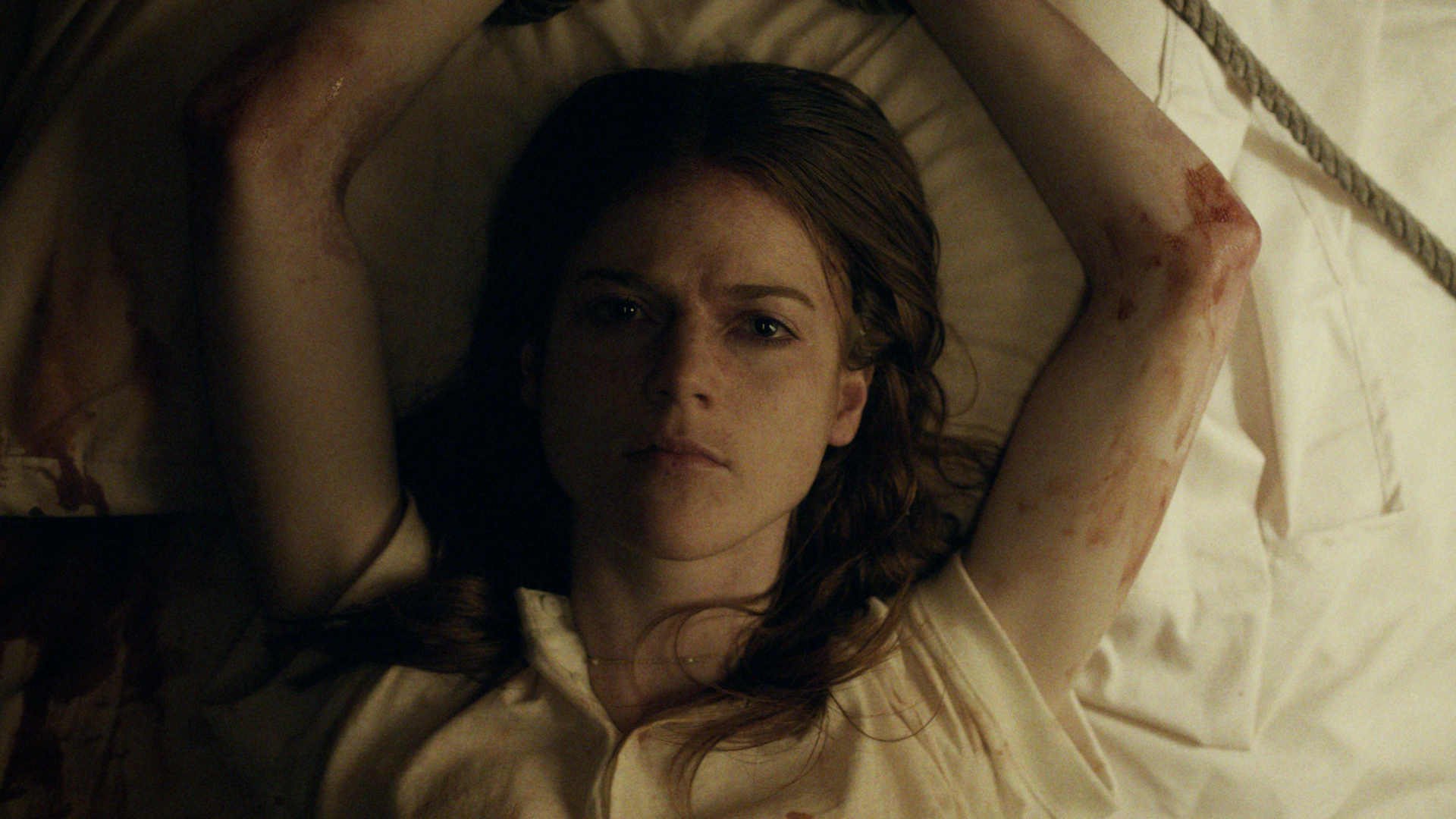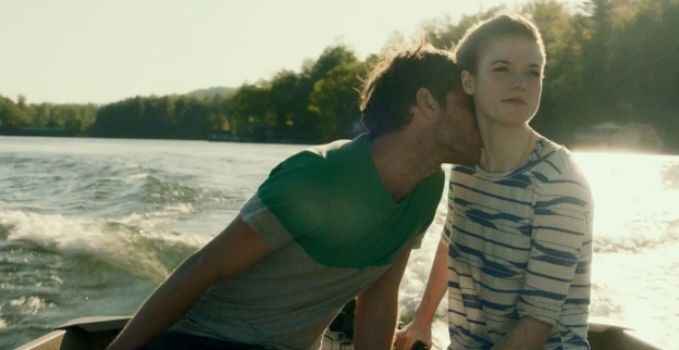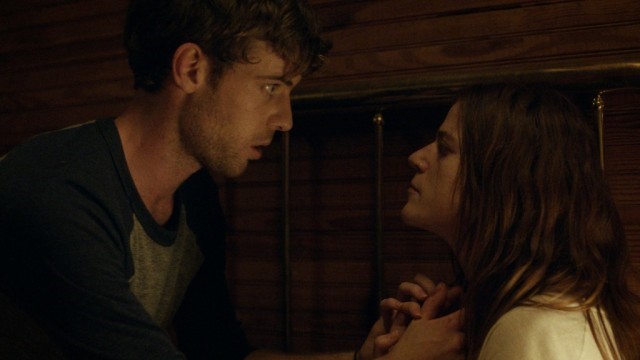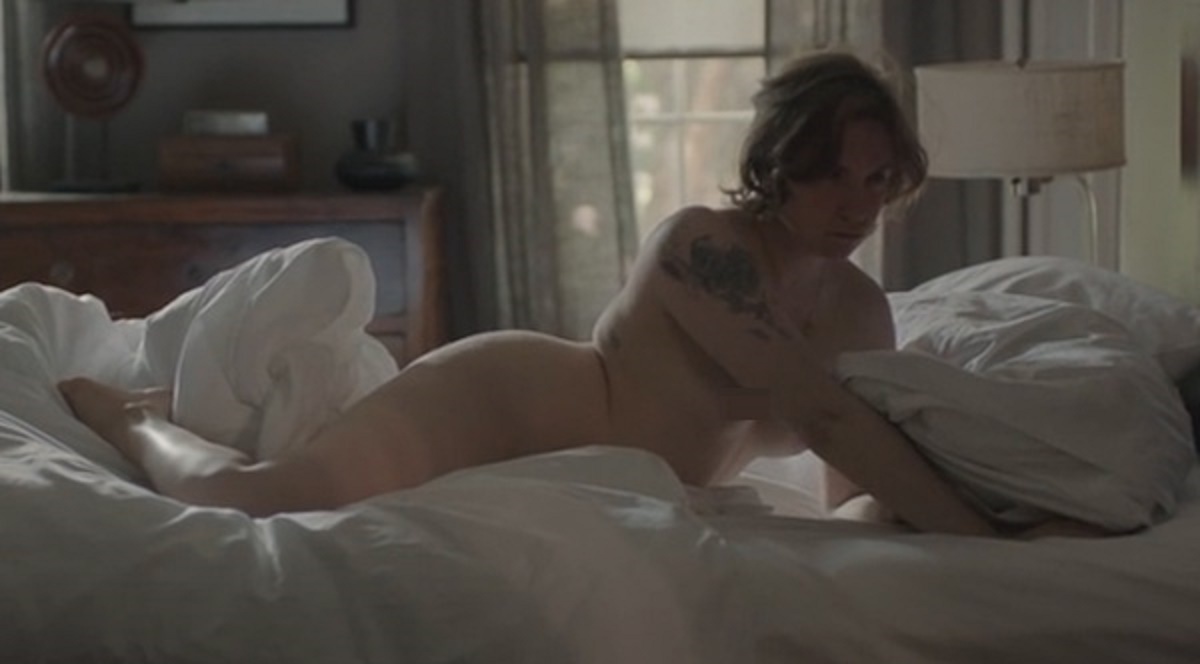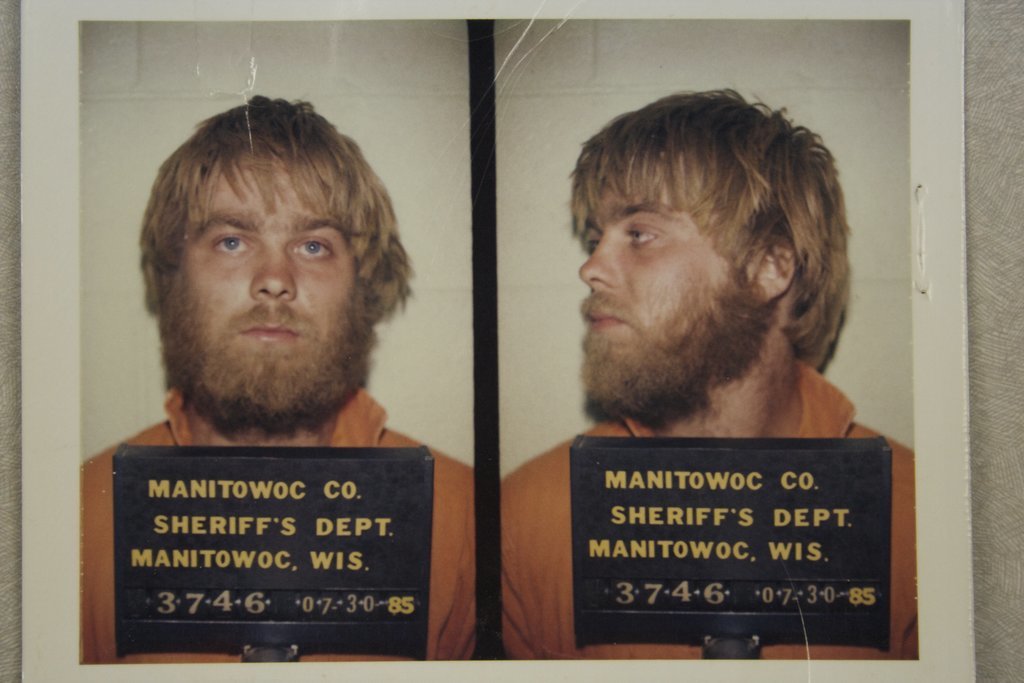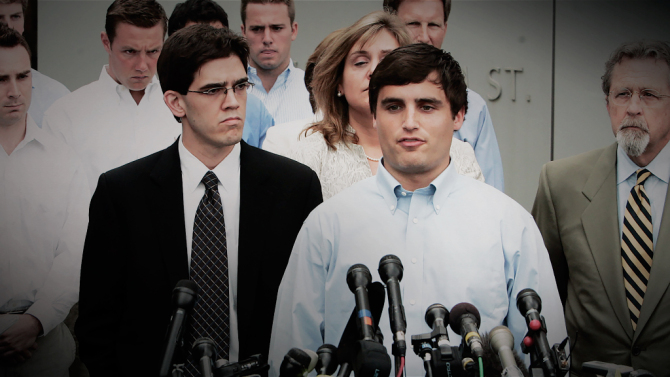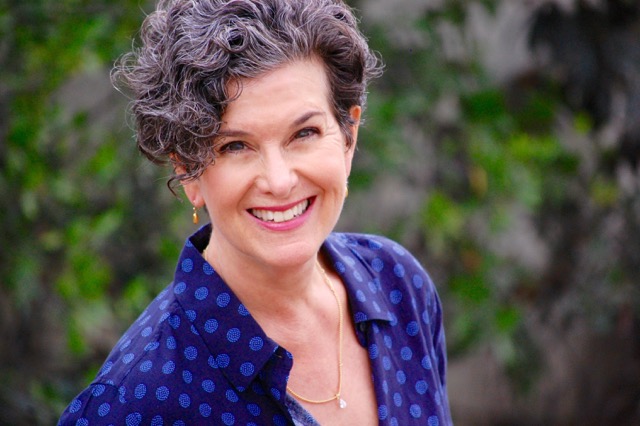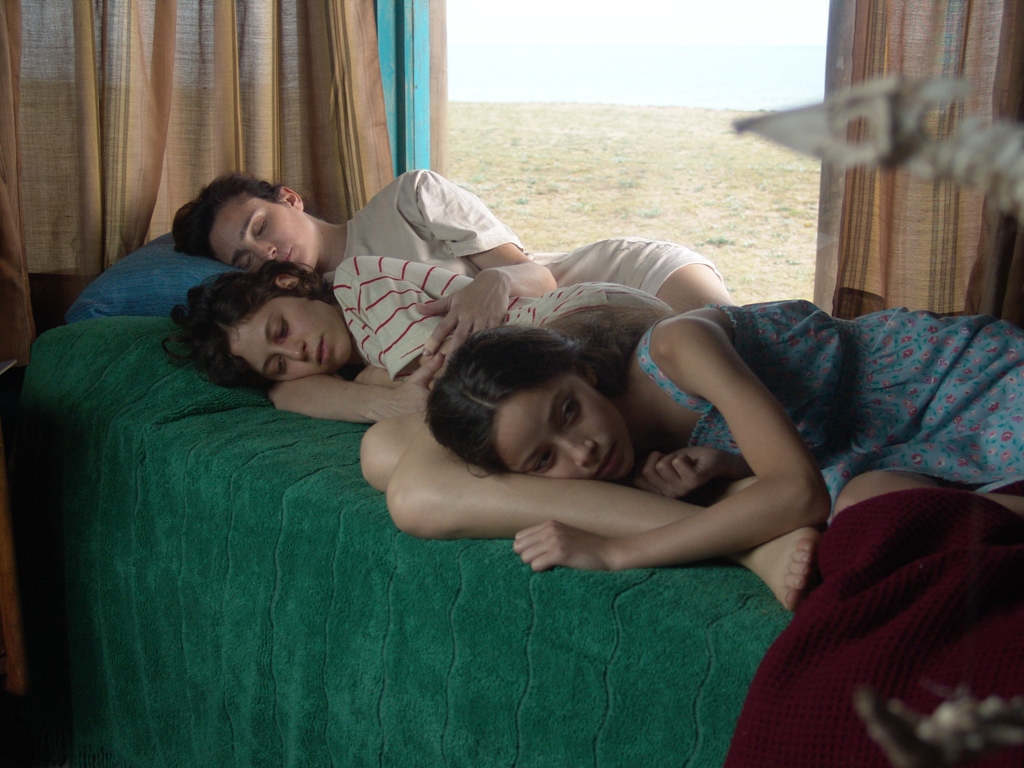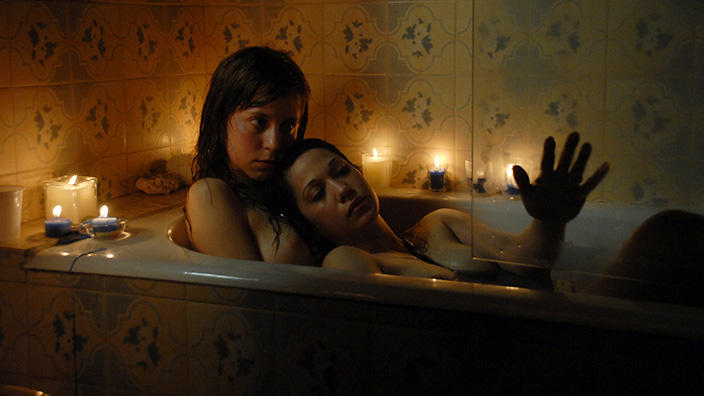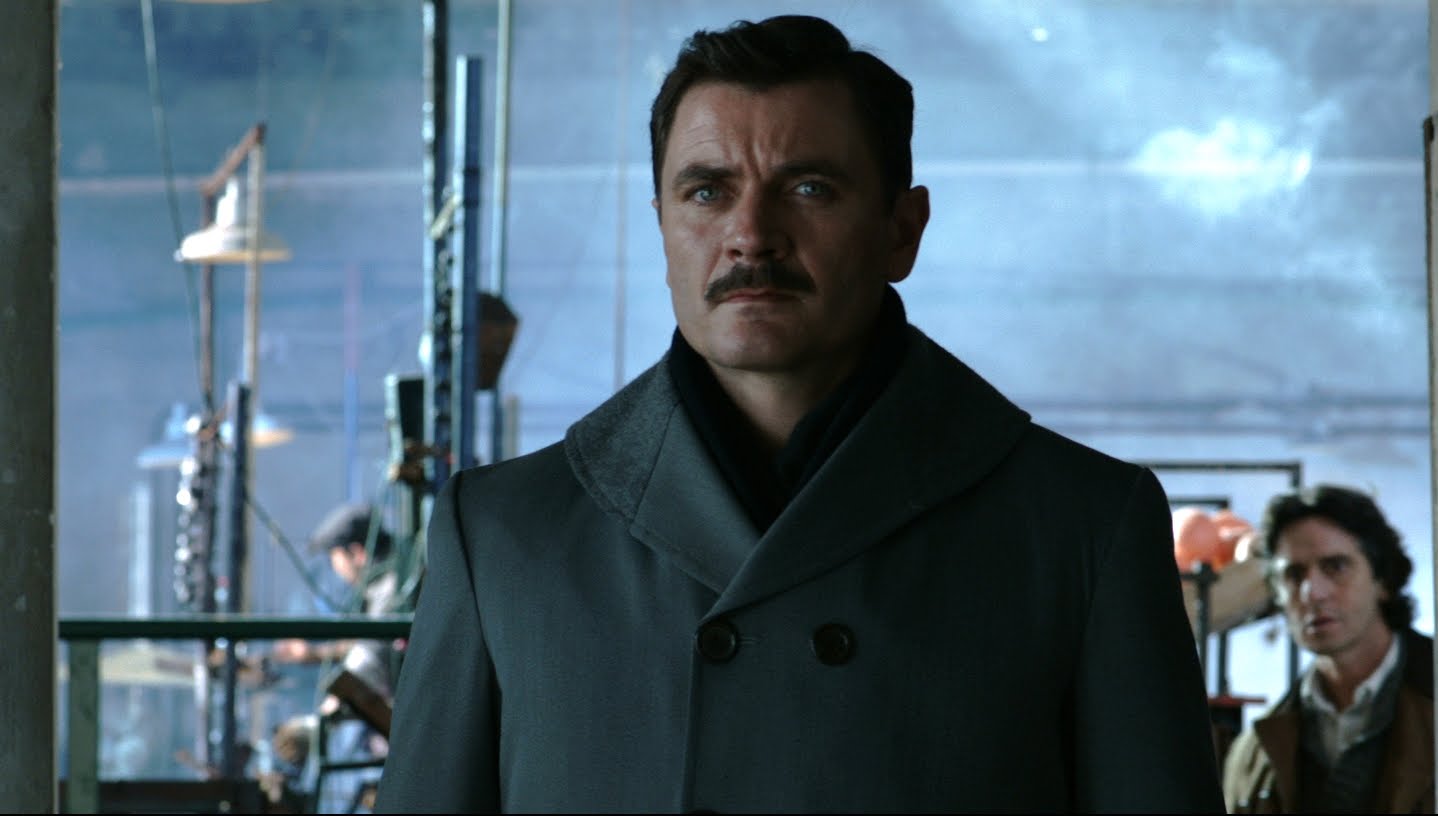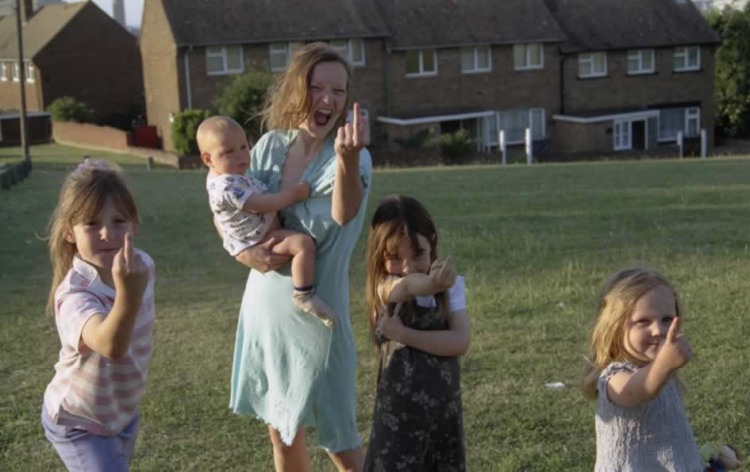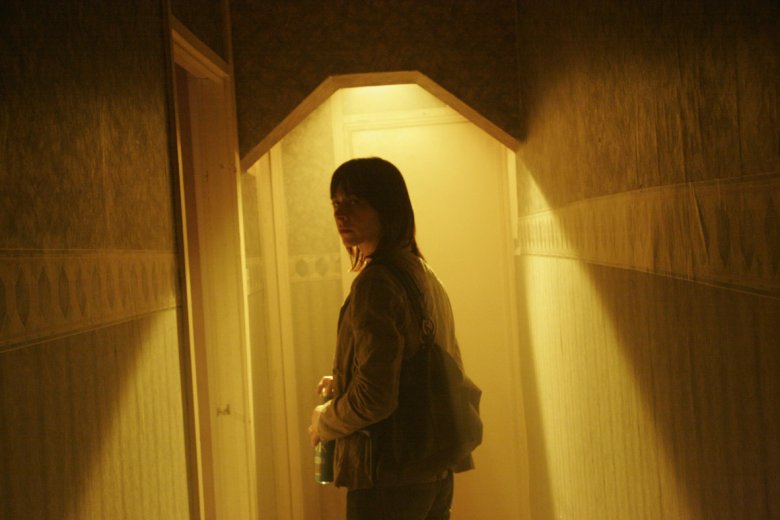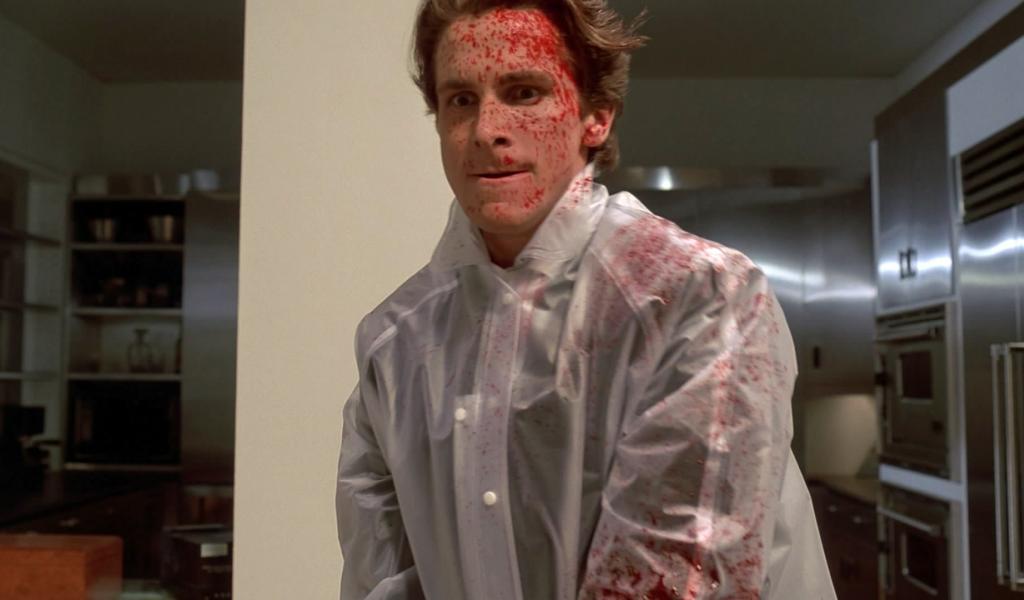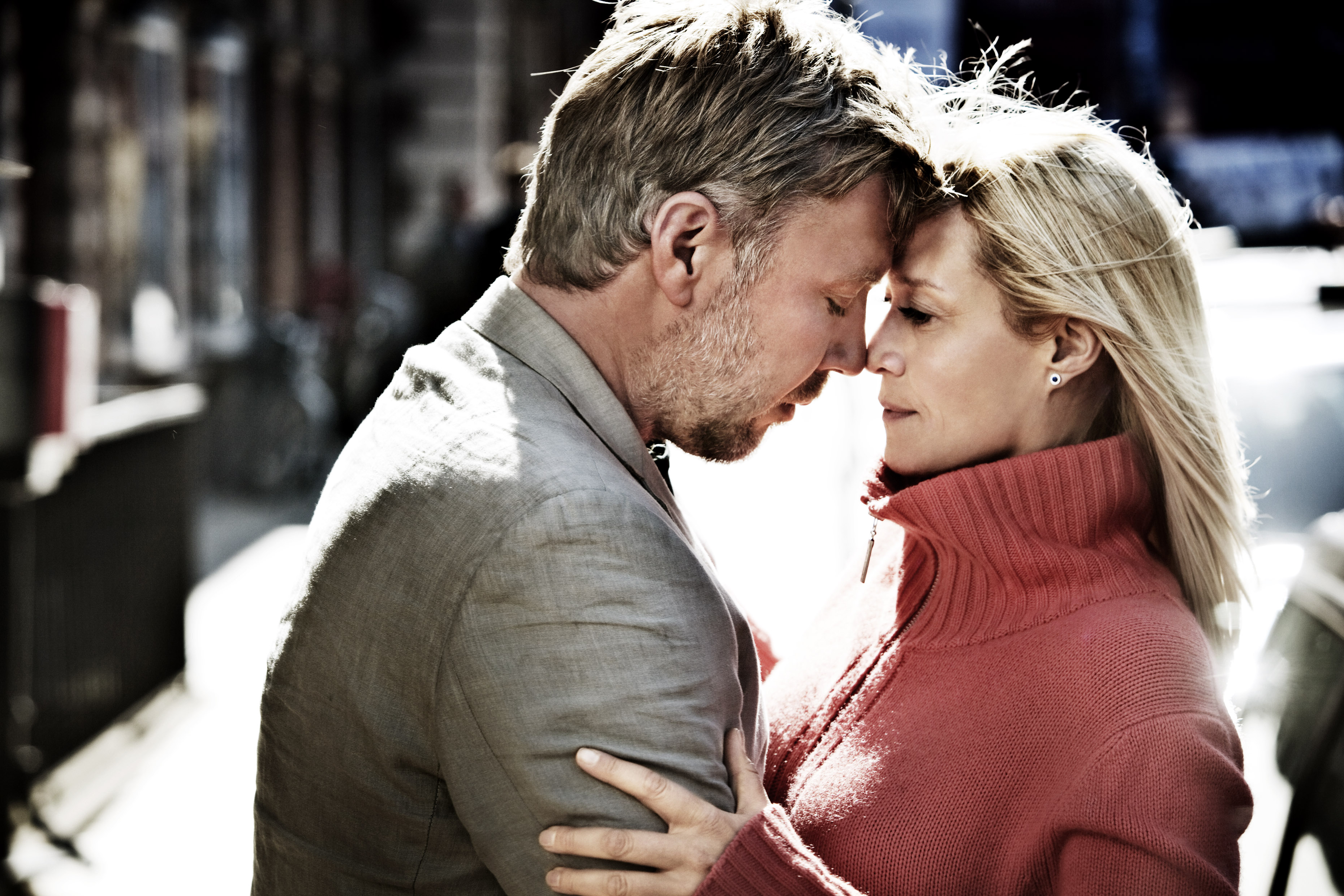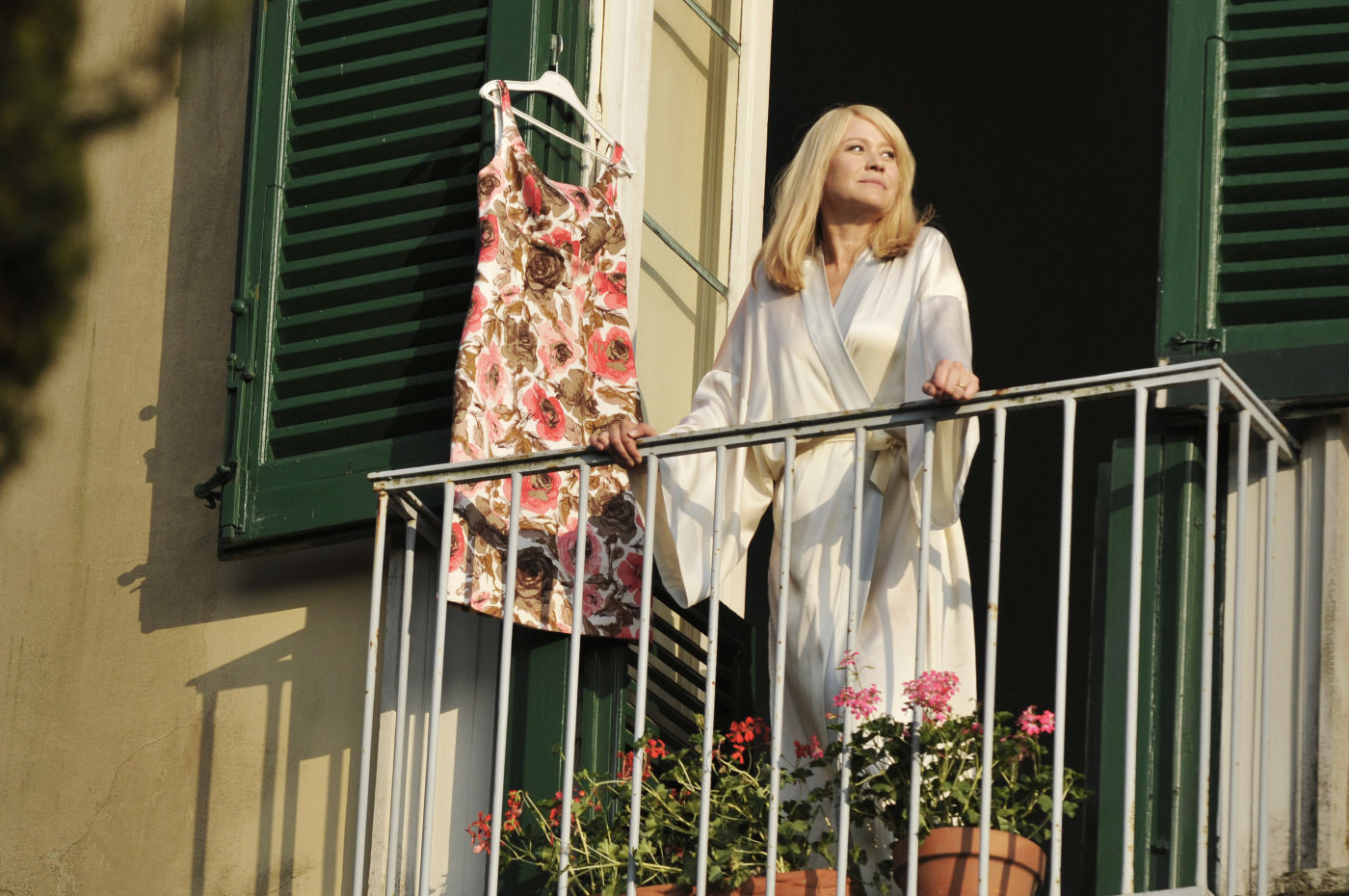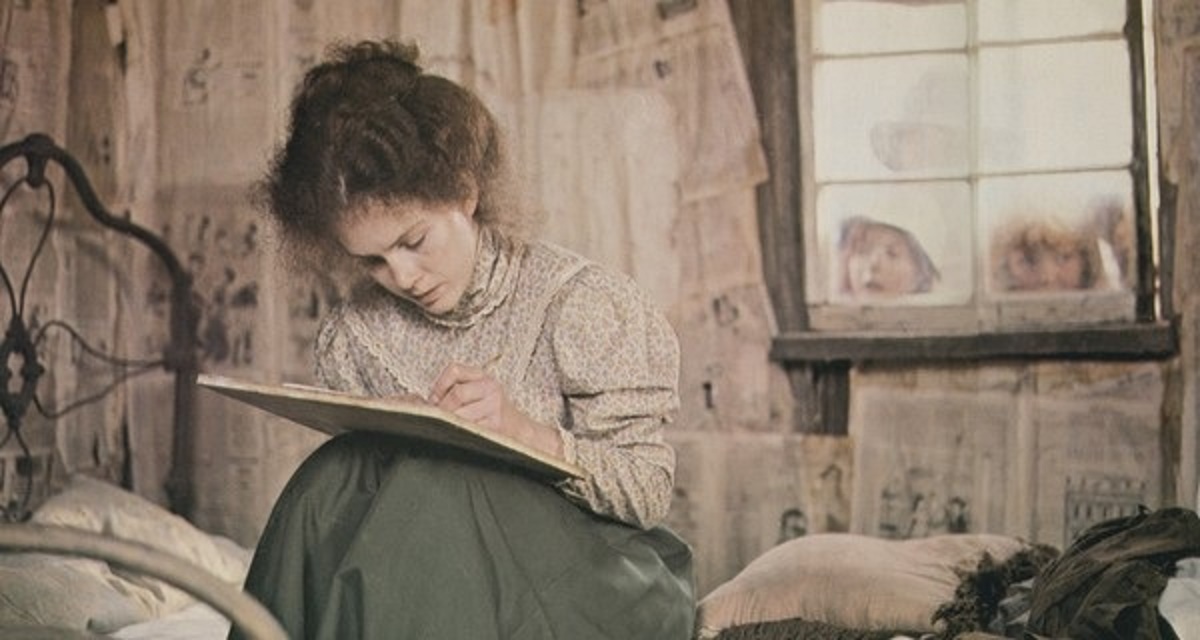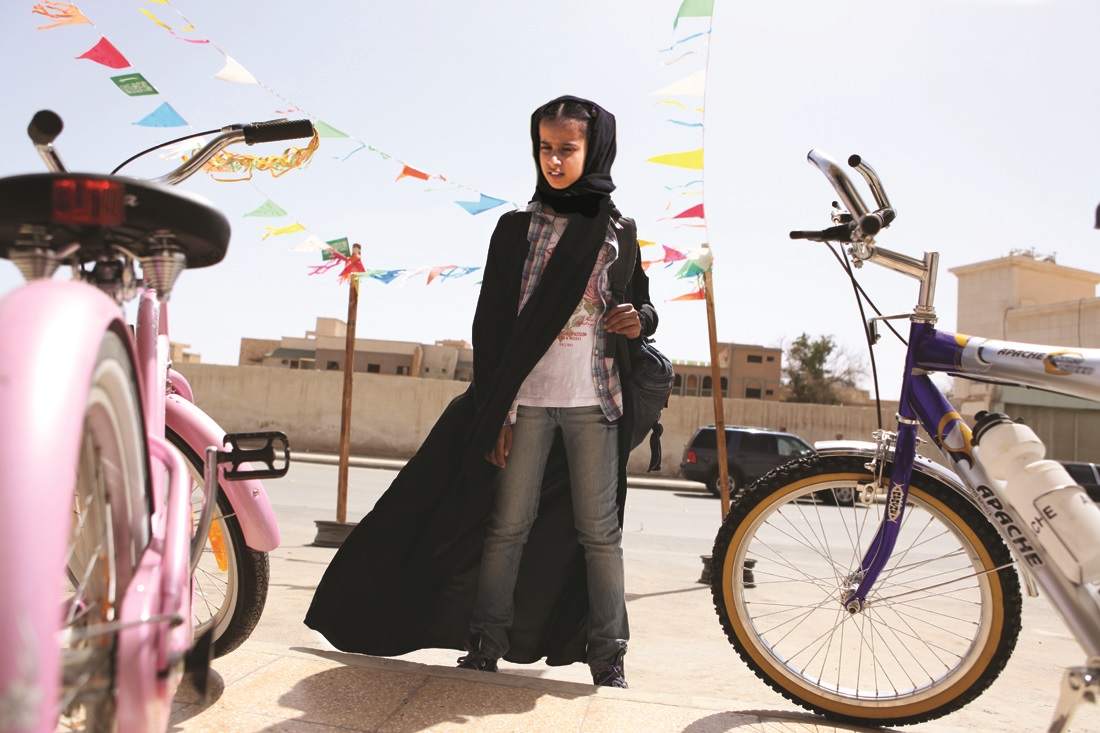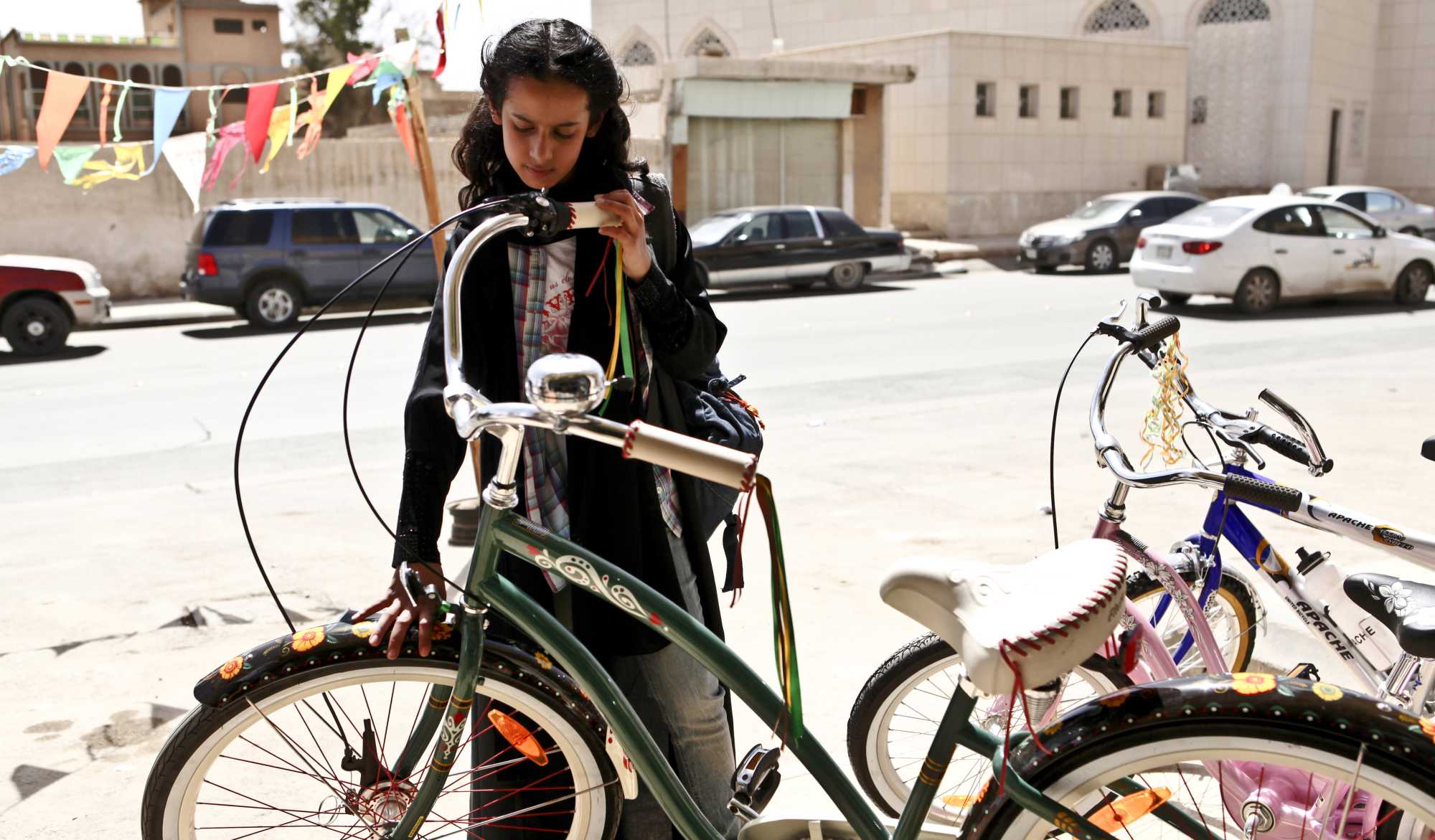This guest post written by Dawn Keetley appears as part of our theme week on Women Directors.
Although their numbers appear to be on the rise, women directors of horror are still relatively scarce. I’m always excited, then, when I can add another film to the growing list of exceptional horror films directed by a woman, a list that includes Kathryn Bigelow’s Near Dark (1987), Mary Lambert’s Pet Sematary (1989), Mary Harron’s American Psycho (2000), Lynne Ramsay’s We Need to Talk About Kevin (2011), Jen and Sylvia Soska’s American Mary (2012), Jennifer Kent’s The Babadook (2014), and Karyn Kusama’s Jennifer’s Body (2009) along with her even better The Invitation (2015).
Leigh Janiak’s Honeymoon (2014), which is currently streaming on Netflix, unambiguously belongs on that list. As well as directing the film, Janiak also co-wrote it, with Phil Graziadei.
https://www.youtube.com/watch?v=5iZLPNFWLxk
The film focuses on a recently and (seemingly) happily-married couple, Bea (Rose Leslie) and Paul (Harry Treadaway), who are heading on a delayed honeymoon to the cottage in the woods where Bea grew up. Things go swimmingly until Paul discovers one night that Bea is gone. He eventually finds her (in a highly creepy moment) standing in the woods, in a state of dazed and virtual unconsciousness (think Katie in Paranormal Activity, although it’s even more unsettling since Bea and Paul are deep in the woods, not on a suburban patio). The couple writes the strange event off to sleepwalking — albeit with a hefty dose of anxious self-deception, since Bea has never walked in her sleep before.
From that night on, though, Bea’s behavior becomes increasingly strange. She’s withdrawn, silent, wanders off, and scribbles obsessively in her journal. And she starts to change: she uses words that aren’t quite right (saying she’s going to “take a sleep” rather than “take a nap”). She is apparently unable to remember things about herself, about Paul, and about their relationship. And Paul overhears her practicing ways to tell him she doesn’t want to have sex. Shortly after, events spiral into the horrific.
It’s never completely clear what happens to Bea, and Janiak brilliantly keeps that question open by evoking several possibilities, not least through covert references to other horror films. Since Bea’s strange behavior begins after she and Paul meet a man from her past, it seems at first that this could be an adultery film (Unfaithful, 2002). Or is it a possession film (The Shining, 1980, Paranormal Activity, 2007)? An alien film (Invasion of the Body Snatchers, 1956, and the recent They Look Like People, 2015)? A zombie/infection film (The Evil Dead, 1981, Cabin Fever, 2002, or Severed, 2005)? I thought of all these possibilities at different moments, prompted by the film’s rich suggestiveness.
There are also definite hints in Honeymoon of Rosemary’s Baby (1968) and The Stepford Wives (1975), both films about paranoia and violence within a seemingly banal domesticity. Janiak’s camera, along with the screenplay, creates a stifling claustrophobia around Bea and Paul as they head off into the woods alone together, the drive overlaid with voiceovers of stories about their first date and their wedding, all signaling an extreme insularity. Indeed, the film starts with a shot of Bea recording herself (somewhat unwillingly) on camera at their wedding, saying: “I guess I’m the first one to do this. I’m not really sure what I’m supposed to say. I’m now a wife.” These opening lines of the film link her becoming “wife” (about which Bea herself seems incredulous) to an inability to speak, as if marriage has silenced her — and certainly, whatever happens to her later in the woods (is it just her honeymoon, in the end?) disrupts her ability to speak even more violently. As Bea speaks (or tries to) at the beginning, she is visually confined by a camera, by the car, and by the stark lines of roads, overpasses, and trees. The film thus brilliantly puts the everyday (marriage) on a continuum with the horrifying (possession?), connecting the problem of Bea’s troubled self-expression and containment, now that she’s married, to the later seemingly supernatural plot.
Once they get to the cottage, cracks soon surface in Bea and Paul’s marriage — tellingly, around the issue of babies. After their first night together, Paul tells Bea that she needs to “rest her womb,” a strange comment to which Rose reacts badly, saying she isn’t sure she wants a baby. Paul’s comment, which seems to surprise both of them, and which is clearly precipitated by the fact that they are now married, tellingly anticipates all the strange things Rose will say once she is “possessed” (or whatever it is that happens to her). Janiak suggests, more than once then, that perhaps it is marriage that is an utterly alien state.
It also becomes clear that Bea and Paul have some profound differences: Bea hunts, fishes and embraces the outdoors, and Paul seems more comfortable in the cabin. His constant closeness to her in the many interior scenes seems oppressive, seems to exert a pressure on her to stay with him, indoors. Indeed, the viewer soon senses that the claustrophobia we feel about their relationship (well, I certainly did) may well be shared by Bea.
The claustrophobia that infuses the film, and the sense that Bea is not immune to its grasp, is intensified by one of the clearest intertextual references in the film: Bea starts writing her name and her husband’s name (“My name is Bea,” “My husband’s name is Paul”) over and over in her journal, and the evocation of The Shining is clear, specifically Jack Nicholson’s character slowly losing his grasp on reality when trapped in a snow-bound hotel with his wife and son and with the demands his family inevitably imposes. Bea’s repetitive writing of her husband’s name, and things about their relationship, moreover, mimics the way, early in the film, they had told stories about their relationship, pushing what might have seemed benign in the beginning into the realm of something more disturbing. Bea seems to be trying to paper over the cracks, to convince herself she’s something (“wife”) that deep down she doesn’t want to be.
This is where The Stepford Wives in particular comes in: are the seemingly supernatural elements of the plot symbolic of Bea’s struggles with intimacy and the weighty expectations of married domestic life (sex, cooking, and reproduction)? Janiak’s expert writing and directing definitely leaves open this possible subtext of the film — especially given what happens at the end.
The ending, which I won’t give away, draws on several scenes in the film in which rope figures prominently, as Bea and Paul take turns tying each other up for various reasons. The meanings of these scenes increasingly turns toward the sinister, from play toward overt entrapment. While it’s Bea who gets tied up at first, the tables are turned at the end in ways that could be expressing desires that Bea may not have allowed herself consciously to feel, and that are expressed instead through the plot of her “possession.”
The use of ropes in the film actually reminded me of the late nineteenth-century short story, “The Yellow Wallpaper,” by feminist writer Charlotte Perkins Gilman. In this story, the narrator, who has just given birth, is forced to “rest” in bed by her physician-husband (just as Paul tells Bea to “rest her womb”), and the coerced and numbing inactivity of body and mind impels the narrator into madness (raising another possibility for what happens to Bea). At the end of the story, the narrator ties herself up with a rope and is creeping around her room, a scene so horrifying to her husband that he faints. In Gilman’s story, the rope (as well as the entrapping room itself) represents the confines of patriarchal marriage — and I would argue that uses rope very much the same way, although the film’s final instance of someone getting tied up pretty much completely inverts Gilman’s ending.
The weight of this film rests on its two actors, who are virtually alone, with the fleeting (albeit important) appearance of a man from Bea’s past and his wife. Rose Leslie and Harry Treadaway are both absolutely sensational, superbly carrying this weight. Leslie does a fantastic job of expressing a sense of disquiet (in her marriage) well before things turn toward the truly strange — and Treadaway is great at expressing the kind of unambiguous, puppy-dog adoration — the desire never to let his wife out of his sight — that undoubtedly produces Bea’s ambivalence.
While what happens to Rose and Paul may in the end be about forces beyond their control, like every good horror film, Honeymoon exploits the cracks in “normality” before the truly uncanny erupts. Janiak (whose previous credits as director include only a couple of TV episodes) both knows good horror films (referencing them throughout) and knows how to make one.
I should add that it seems Sony has tapped Janiak to direct and co-write (along with Graziadei, her partner from Honeymoon) the upcoming remake of the 1996 cult hit, The Craft. As The Hollywood Reporter points out:
“The news of a female director coming on board to direct a female-centric feature project is welcome news to Hollywood, as it breaks after the studios have come under fire from the American Civil Liberties Union for ‘systemic failure to hire women directors at all levels of the film and television industry.’ Janiak’s hiring was already weeks in the works; the filmmaker impressed execs with her take on a female empowerment tale.”
Like The Craft, I think Honeymoon, too, is a “female empowerment tale,” as well as an extremely good horror tale. Leigh Janiak is definitely a director to look out for!
This post is revised and expanded from a review that appeared on a blog Dawn Keetley co-runs, about all things horror Horror Homeroom. She also teaches gothic and horror literature, film, and TV at Lehigh University in PA and has edited a collection of essays on The Walking Dead entitled We’re All Infected (McFarland, 2014).
